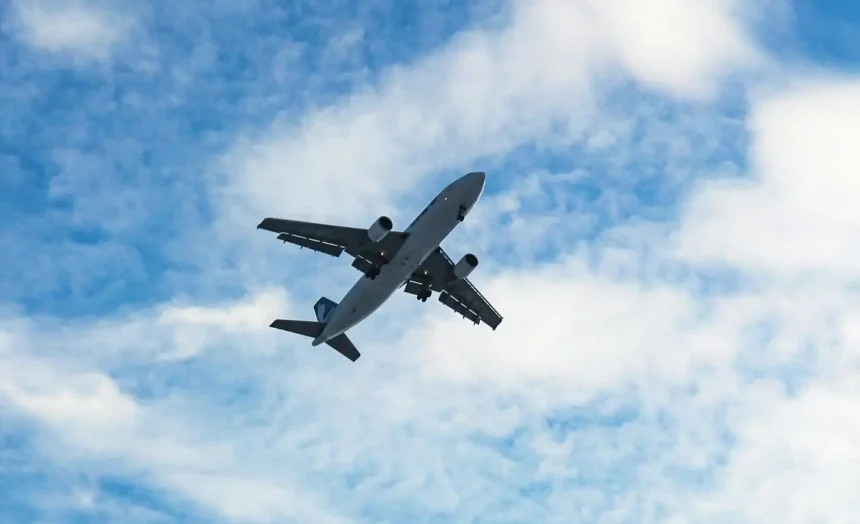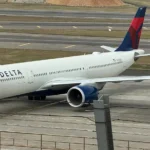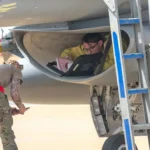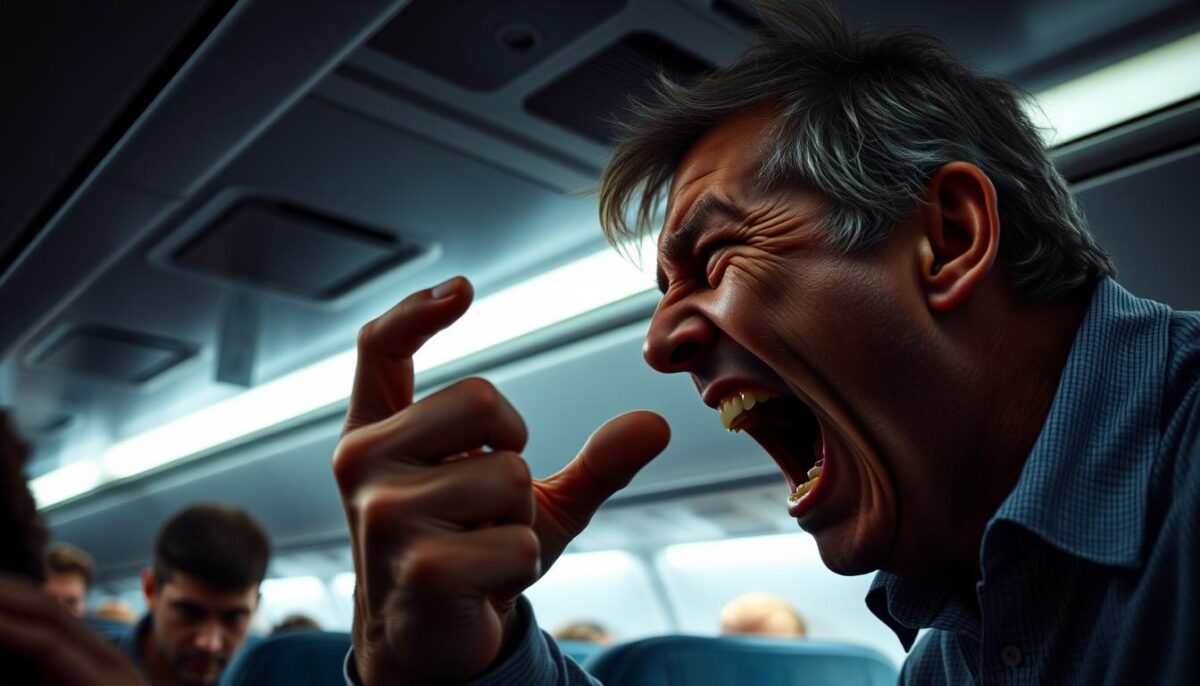How Fast Does an Airplane Go: The Ultimate Speed Guide
Ever wondered how fast does an airplane go as you gaze up at contrails streaking across the sky? The answer might surprise you more than you think. While most passengers assume all aircraft travel at similar speeds, the reality involves a fascinating spectrum of velocities that vary dramatically based on aircraft type, altitude, and purpose.

Commercial Aircraft Speeds: What You Experience Daily
When asking how fast does an airplane go for typical passenger flights, commercial airliners cruise between 460-575 mph (740-925 km/h). The Boeing 737, one of the world’s most common aircraft, maintains an average cruising speed of 514 mph. Meanwhile, larger aircraft like the Boeing 777 can reach speeds up to 590 mph during optimal conditions.
These speeds occur at cruising altitude, typically between 30,000-42,000 feet, where thinner air reduces drag and allows for maximum fuel efficiency. However, during takeoff and landing, commercial planes operate at much slower speeds – usually between 150-180 mph for takeoff and 130-150 mph for landing.
The Airbus A380, the world’s largest passenger aircraft, cruises at approximately 560 mph despite its massive size. This demonstrates how modern aerodynamic design overcomes the challenges of moving enormous aircraft through the atmosphere efficiently.
Military Aircraft: Breaking the Sound Barrier
Military aviation pushes the boundaries of how fast does an airplane go to extraordinary limits. The fastest military aircraft can exceed Mach 3, which translates to over 2,300 mph. The legendary SR-71 Blackbird holds the record for air-breathing aircraft at 2,193 mph, while modern fighter jets like the F-22 Raptor can reach Mach 2.25 (approximately 1,726 mph).
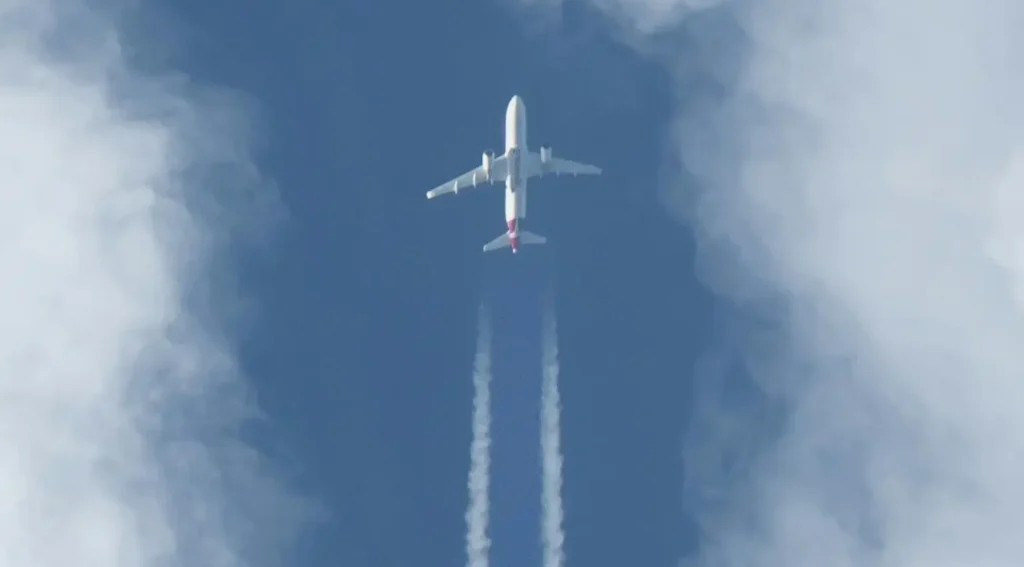
These supersonic speeds require specialized engineering to handle extreme heat and pressure. When military pilots discuss how fast does an airplane go in combat scenarios, they’re operating in a completely different realm than commercial aviation, where speed can mean the difference between mission success and failure.
Private and General Aviation: The Slower Side of Flight
Small private aircraft represent the opposite end of the spectrum when considering how fast does an airplane go. Single-engine planes like the popular Cessna 172 cruise at modest speeds around 140 mph, while high-performance private jets can reach 500-700 mph.
Business jets occupy the middle ground, with aircraft like the Gulfstream G650 capable of reaching 610 mph. These speeds allow wealthy individuals and corporations to travel efficiently while avoiding commercial airline schedules and restrictions.
The variance in private aviation speeds depends heavily on engine configuration, with turboprop aircraft generally slower than jet-powered alternatives. Understanding how fast does an airplane go in this category helps explain why flight training often begins with slower, more manageable aircraft before progressing to faster machines.
Factors Affecting Aircraft Speed
Multiple variables influence how fast does an airplane go during any given flight. Wind conditions can add or subtract 100+ mph from ground speed, while altitude affects both engine performance and air resistance. Weather systems, air traffic control restrictions, and fuel efficiency considerations all play crucial roles in determining actual flight speeds.
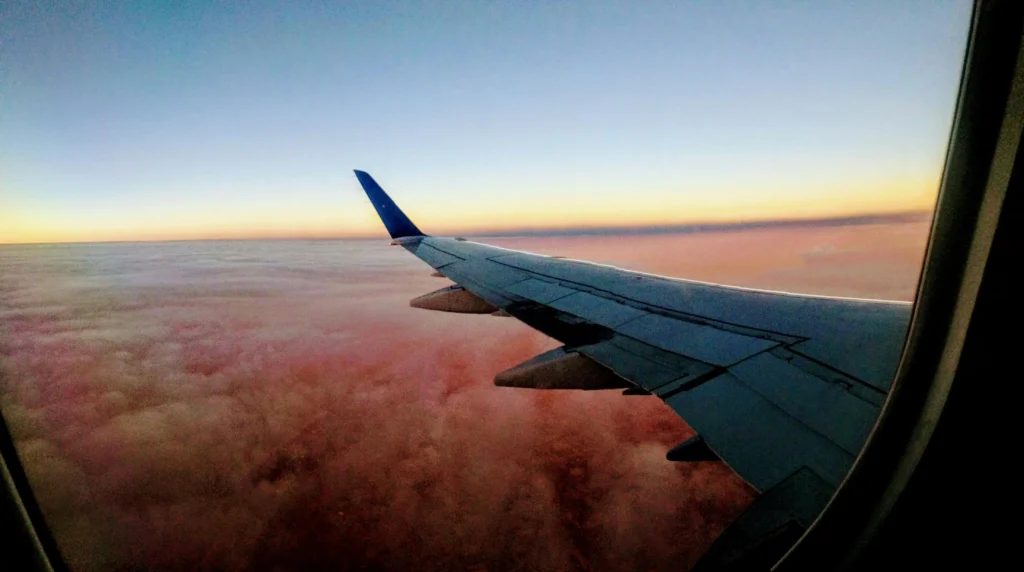
Temperature also significantly impacts performance, as hot air is less dense and provides less lift, potentially reducing maximum achievable speeds. Pilots must constantly calculate these variables to optimize their flight plans and answer the question of how fast does an airplane go for their specific circumstances.
Aircraft weight affects acceleration and climbing ability, with heavily loaded planes taking longer to reach cruising speed. The Federal Aviation Administration provides detailed guidelines on how these factors interact to ensure safe operations across all flight conditions.
Modern aircraft use sophisticated computer systems to continuously monitor and adjust for these variables, automatically optimizing speed and efficiency throughout the flight. This technology helps pilots maintain optimal performance regardless of changing conditions.
The Future of Aircraft Speed
Emerging technologies promise to revolutionize our understanding of how fast does an airplane go. Supersonic passenger aircraft development aims to bring military-grade speeds to commercial aviation, potentially cutting trans-oceanic flight times in half. Companies like Boom Supersonic are developing aircraft capable of Mach 2.2 for civilian use.
Hypersonic research pushes boundaries even further, with experimental aircraft reaching speeds exceeding Mach 5. These developments could fundamentally change how we think about global transportation and redefine the answer to how fast does an airplane go in the coming decades.
FAQ Section
Q: What’s the fastest speed ever recorded by an aircraft? A: The NASA X-43A holds the record at Mach 9.6 (approximately 7,310 mph) using scramjet technology, though this was an unmanned experimental vehicle that flew for only seconds.
Q: Why don’t commercial planes fly as fast as military jets? A: Commercial aircraft prioritize fuel efficiency, passenger comfort, and structural longevity over raw speed. Flying at supersonic speeds would dramatically increase fuel consumption and create sonic booms that disturb populated areas.
Q: How does airplane speed compare to other forms of transportation? A: Commercial aircraft are roughly 5-8 times faster than high-speed trains (200-320 mph) and 8-10 times faster than highway driving, making them the fastest practical form of mass transportation.
Q: Do bigger planes fly faster than smaller ones? A: Not necessarily. While larger engines can generate more thrust, aircraft size affects aerodynamics and weight. Many small business jets actually fly faster than large commercial airliners due to their streamlined design and power-to-weight ratio.
Q: What happens if a plane tries to fly faster than its design limits? A: Exceeding design speeds can cause structural failure, loss of control, or engine damage. Aircraft have built-in speed limits and warning systems to prevent pilots from accidentally exceeding safe operating parameters.
Q: How do pilots measure airplane speed? A: Pilots use multiple speed measurements: indicated airspeed (what instruments show), true airspeed (actual speed through air), and ground speed (speed relative to Earth’s surface). GPS systems now provide precise ground speed readings in real-time.


